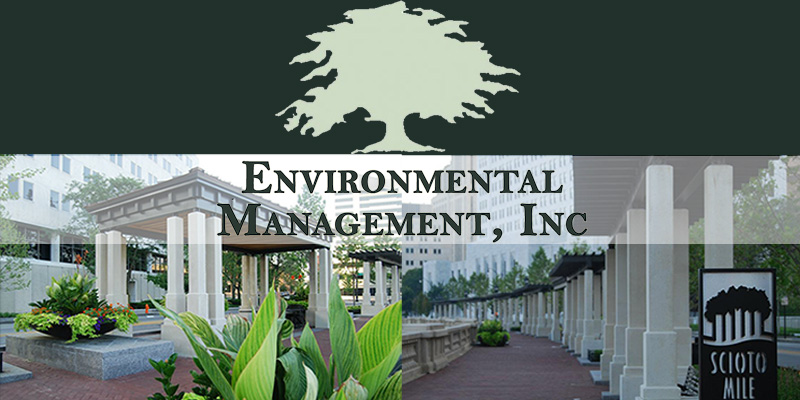My neighbor wants to start a compost pile this spring, so we will get started in early March. A compost pile can be started any time throughout the year. I had to remind my gardening neighbor that some seasonal limitations exist.
ITEMS NEEDED FOR THE COMPOST PILE
- “Green” materials – This is living plant matter that provides nitrogen. Grass clippings, food scraps and plant materials fall into this category.
- · “Brown” materials – Dead plant matter provides carbon for the compost pile. Thatch from the lawn, fallen leaves and stalks from the garden plants and flowers comprise this category.
- “Starter” – Various enzymes must be added to the compost pile to jump start the bacterial growth process. Animal manure, fertilizer or a commercial starter can be used. Some gardeners use beer to start the process.
- Watering hose or can – A convenient water source is important since the compost pile requires additional moisture throughout the hot summer season.
- Garden fork – This helpful tool is used to turn the compost pile to aerate the contents. More air in the layers will cause good bacteria to thrive.
Before spring, I spend time staring out the window at the yard and garden. New projects race through my mind and my To-Do list grows each day. Planning is just as much fun as creating the compost pile.
- Step 1 – Find a dry, shady spot in the yard that will be reachable with the water hose and close to the garden. The optimal size is three to five feet square.
- Step 2 – Determine the best method to shred or chop the ingredients. Uniform pieces will decompose easier in the pile.
- Step 3 – The first layer in the pile should be six inches of “browns” if any dried materials remain from the fall. A good watering is necessary to moisten this layer.
- Step 4 – A three-inch layer of greens can be created when the lawn is mowed for the first time. Kitchen scraps are an important part of this layer. A three-to-one ratio of brown to green is important.
- Step 5 – Add some garden soil or mature compost on top. The microbes in this layer will provide the start for the decomposition process throughout the pile.
- Step 6 – Maintain a consistent schedule of turning the pile every one to two weeks with the garden fork. Mix the pile to distribute the moisture. Add more water if dry places exist. Consistent turning keeps the pile active.
